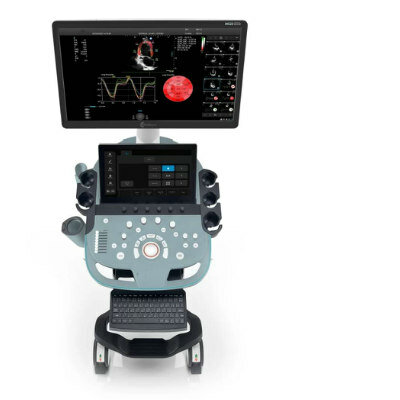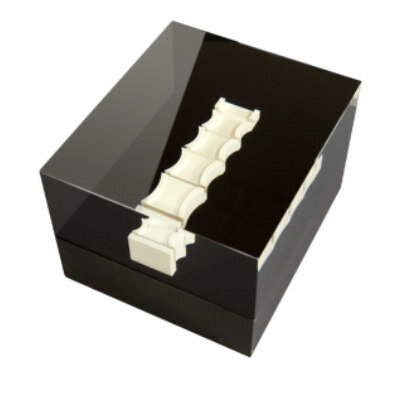3D Mammography System Gains Approval in US
By MedImaging International staff writers
Posted on 28 Feb 2011
The first X-ray mammography device that provides three-dimensional (3D) images of the breast for breast cancer screening and diagnosis has been approved for use in the United States. Posted on 28 Feb 2011
Given the limitations of conventional 2D imaging, about 10% of women undergo additional testing after the initial screening exam for abnormalities that are later determined to be noncancerous.
The US Food and Drug Administration (FDA; Silver Spring, MD, USA) approved the Selenia Dimensions system, an upgrade to Hologic's existing FDA-approved 2D system, which can provide 2D and 3D X-ray images of the breasts. The 3D images may help physicians effectively detect and diagnose breast cancer. "Physicians can now access this unique and innovative 3D technology that could significantly enhance existing diagnosis and treatment approaches,” said Jeffrey Shuren, MD, JD, director of the FDA's Center for Devices and Radiological Health (Silver Spring, MD, USA).
The US National Cancer Institute (Bethesda, MD, USA) recommends women ages 40 and older have a mammogram every one to two years. Nearly 40 million mammograms are performed each year in the United States. As part of the approval process, the FDA reviewed results from two studies where board-certified radiologists were asked to review 2D and 3D images from more than 300 mammography exams. In both studies, radiologists viewing both the 2D and 3D images obtained a 7% improvement in their ability to differentiate between cancerous and noncancerous cases compared to viewing 2D images alone.
While the combination of the Selenia's 2D and 3D images approximately doubled the radiation dose the patient received, it improved the accuracy with which radiologists detected cancers, decreasing the number of women recalled for a diagnostic workup. There is uncertainty for radiation risk estimates; however, the increase in cancer risk from having both a 2D and 3D scan is expected to be less than 1.5% compared to the natural cancer incidence, and less than 1% compared to the risk from traditional 2D mammography.
The Mammography Quality Standards Act requires that all healthcare professionals obtain eight hours of training prior to using new mammography technology on patients. The FDA also requires that the manufacturer provide each facility with a manual clearly defining the tests required for initial, periodic, and yearly quality control measures.
The Selenia Dimensions system is marketed by Hologic, Inc. (Bedford, MA, USA).
Related Links:
Hologic














